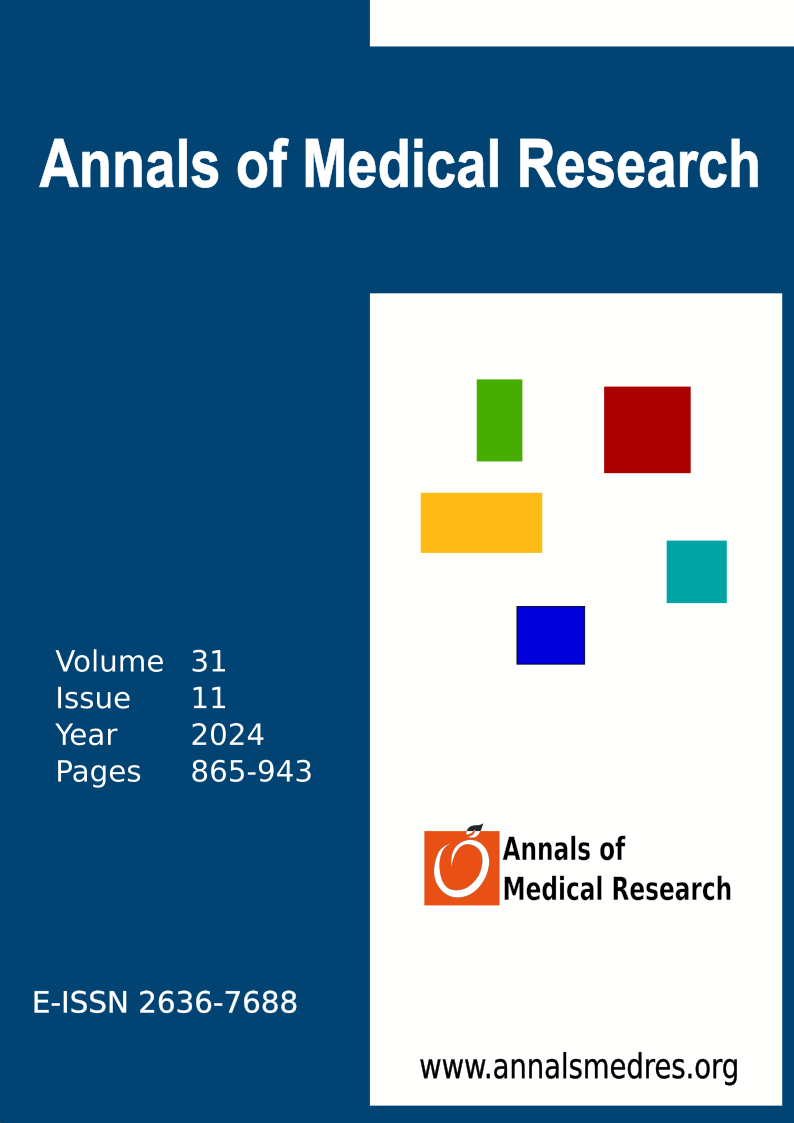Blood pressure recovery ratio after exercise test predicts increased carotid intima media thickness in patients with metabolic syndrome
Keywords:
Carotid intima media thickness, Exercise test, Blood pressure recovery, Atherosclerosis, HypertensionAbstract
Aim: We aimed to evaluate the relation of BP recovery ratio (BPRR) and carotid intima media thickness (CIMT) in patients with metabolic syndrome. Abnormal blood pressure (BP) recovery after physical exercise is related with coronary artery disease, impaired left ventricular diastolic function and pulse wave velocity.
Materials and Methods: Among patients who had negative elective exercise test, 109 patients with metabolic syndrome (MetS) were included (65 males, 44 females; mean age 54.8±8.3 years) in our study. Study population were divided into two groups as low carotid IMT (CIMT≤0.9) and high carotid IMT (>0.9). The BPRR was computed by dividing the third minute systolic BP (SBP) by the peak exercise systolic BP.
Results: The BPRR was 0.88 and 0.91 in the low and high carotid IMT group, respectively (p=0.008). Patients in increased carotid IMT group had lower values of septal e′, higher creatinine values and higher rates of statin use (p<0.05 for all). BPRR was positively correlated with carotid IMT (r=0.251, p=0.009). Statin use (OR = 5.754, p<0.001) and BPRR (OR=3.036, p=0.008) were found as independent predictors of increased carotid IMT. Every 0.1 unit increment in BPRR was found to correspond to 203.6% higher risk for increased carotid IMT. The cut-off value of BPRR was 0,921 for predicting increased carotid IMT. The area under the curve (AUC) was 0.634 (p=0.018).
Conclusion: We found a strong correlation between BPRR and carotid IMT. BPRR and carotid IMT, when performed together, may improve their predictive ability for detecting the patients with high CV risk.
Downloads
Published
Issue
Section
License
Copyright (c) 2024 Annals of Medical Research

This work is licensed under a Creative Commons Attribution-NonCommercial-NoDerivatives 4.0 International License.
CC Attribution-NonCommercial-NoDerivatives 4.0






